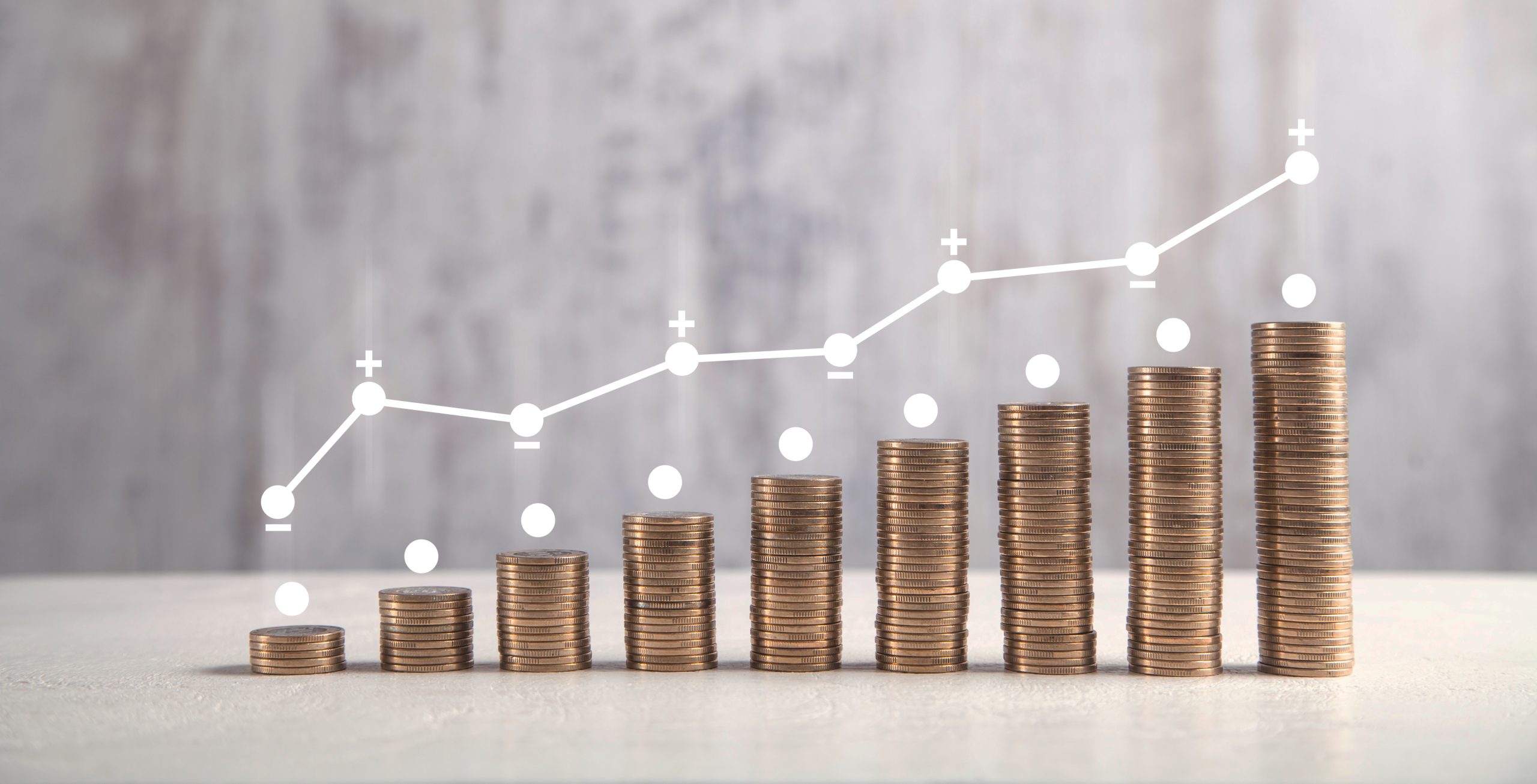Do you know how to read a profit and loss statement? Do you know what your gross profit margin is and what it means for your bottom line? How about your Cost of Goods Sold? If you are like many business owners, you have a basic understanding of your financial statements but leave the heavy lifting to your bookkeeper and accountant.
What you don’t know could hurt you….
See if you know the answers to the following questions:
1. True or False:
“Cost of Goods Sold” is an Income Statement line item that applies only to businesses that manufacture or “make stuff” (i.e. have inventory, raw materials, etc.)
False. Even service businesses have Cost of Goods Sold. In their case, it is the cost of producing and fulfilling on their service offering. Likely it includes labor, materials, and sometimes even a proportional share of the overhead that is dedicated to the staff that are primarily or exclusively “billable.”
2. True or False:
Your company’s gross profit is a measure of how efficiently your company produces your product or service.
True. Lot of our business coaching clients get this one incorrect when they start working with us. Your “gross profit” is what you have left after you take your total sales and deduct the Cost of Goods Sold. It is a great indicator for how efficiently your company produces your product or service offering, relative to your pricing.
3. True or False:
If your gross profit margin is too low that means you are not efficiently producing your product or service.
False. Wait, what? David, you tricked me. It may mean that you are not efficiently producing your product or service, but it may also mean that your pricing is simply too low. If you’re confident that you’re pricing is right, then a low gross profit margin likely means your Cost of Goods Sold is too high.
4. True or False:
If your P & L statement shows a profit of for the year of $1 million then you don’t have to worry about covering your payroll check run next week.
False. Your P & L hints at cash, but doesn’t tell the whole story. You have phantom expenses like depreciation that show up as “expenses” on your P & L, even if the cash left your business three years ago when you made the asset purchase. You also have cash expenditures that don’t show up on your P & L until later. For example, inventory. Your Cost of Goods Sold may have diminished your bank account by $100,000 or more, but you can’t show it as an expense until you sell that inventory (or write it off.) And perhaps the biggest culprit of all, you may show “sales” of $100,000 this month, but if you’ve only collected $10,000 of it you still have to get the other $90,000 before you have the money to spend. This is why you need to get fluent with all three of your company’s financial statements: Your “P&L”, your “Balance Sheet” and your “Statement of Cash Flows.”
How did you do? What question surprised you?
By David Finkel


